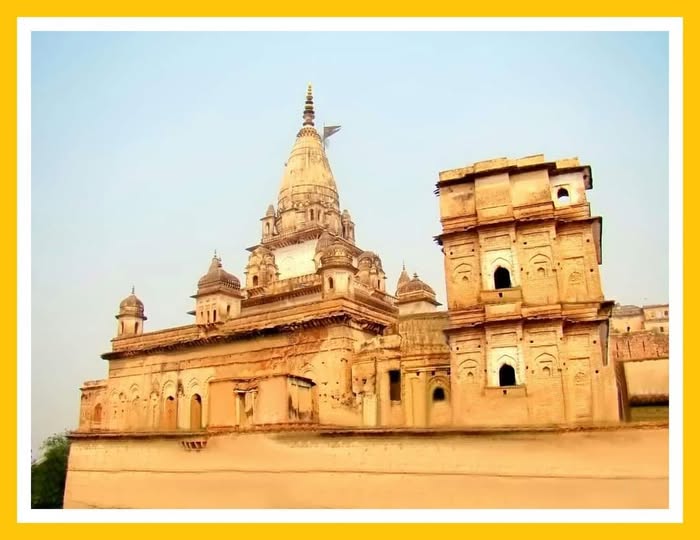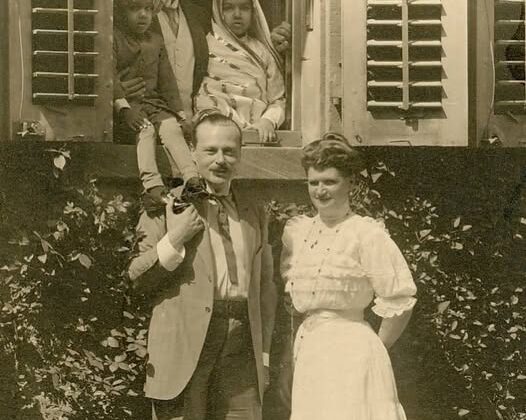Orchha Fort: A Timeless Marvel of Bundela Architecture and History

Introduction
Nestled on the banks of the Betwa River in Madhya Pradesh, Orchha Fort is a mesmerizing testament to India’s glorious past. Built by the Bundela Rajputs in the 16th century, the fort complex is an extraordinary blend of Mughal and Rajput architectural styles. Known for its stunning palaces, temples, and intricate murals, Orchha Fort continues to captivate travelers, historians, and architecture enthusiasts worldwide.
In this article, we delve into the fascinating history, architectural grandeur, and the must-visit attractions within the fort complex, making it an essential destination for every history lover.
Historical Significance of Orchha Fort
Orchha Fort was established in 1531 by Rudra Pratap Singh, the first ruler of the Bundela dynasty. Over the centuries, it witnessed significant historical events, including Mughal invasions, royal alliances, and architectural transformations. The fort served as the capital of the Bundela kingdom and played a crucial role in shaping the region’s political and cultural landscape.
One of the most notable events in its history occurred in the early 17th century when Emperor Jahangir visited Orchha. This led to the construction of the Jahangir Mahal, a magnificent palace built in his honor. The fort remained a prominent stronghold of the Bundelas until it gradually lost its strategic importance under British rule.
Architectural Brilliance of Orchha Fort
Orchha Fort is renowned for its exquisite blend of Rajput and Mughal architectural styles. The fort complex consists of multiple palaces, temples, and monuments, each showcasing intricate carvings, delicate frescoes, and stunning domes. The strategic location of the fort, surrounded by the Betwa River on three sides, further adds to its grandeur.
Some of the key attractions within the fort include:
1. Jahangir Mahal
Jahangir Mahal is the most famous structure within the fort complex, built to honor Emperor Jahangir’s visit to Orchha in 1605. The palace exhibits a perfect fusion of Rajput and Mughal architecture, featuring grand gateways, domes, and latticed windows. The symmetrical layout and ornate carvings reflect the opulence of its era.
2. Raj Mahal
Raj Mahal, the royal residence of the Bundela kings, is another architectural masterpiece within Orchha Fort. The palace boasts stunning murals depicting mythological stories, floral motifs, and intricate geometric patterns. The vibrant frescoes narrate tales from the Ramayana and Mahabharata, making it a visual delight for art enthusiasts.
3. Sheesh Mahal
Once a royal retreat, Sheesh Mahal now serves as a heritage hotel. Its name translates to “Palace of Mirrors,” indicating the use of reflective glass and mirror work in its interiors. Staying at Sheesh Mahal offers visitors a chance to experience royal luxury while soaking in the fort’s historical ambiance.
4. Rai Praveen Mahal
Built for Rai Praveen, a poetess and courtesan in the court of Raja Indramani, this palace is known for its aesthetic design and lush gardens. It reflects the love and admiration she received from the Orchha rulers.
5. Chaturbhuj Temple
Located near the fort complex, Chaturbhuj Temple is a magnificent structure dedicated to Lord Vishnu. Its unique design features tall spires, intricate carvings, and spacious interiors, making it one of Orchha’s most revered temples.
6. Laxmi Narayan Temple
Laxmi Narayan Temple combines temple and fort architecture, creating a unique visual spectacle. The temple walls are adorned with paintings that depict historic battles, royal processions, and spiritual themes, offering an insight into the artistic legacy of the Bundela dynasty.
Best Time to Visit Orchha Fort
The ideal time to visit Orchha Fort is between October and March when the weather remains pleasant, making it easier to explore the fort’s vast expanse. The monsoon season (July-September) also offers a scenic experience with lush greenery surrounding the fort, though travel might be slightly challenging due to rainfall.
How to Reach Orchha Fort
- By Air: The nearest airport is Gwalior Airport (120 km), with regular flights connecting to major cities.
- By Train: Jhansi Railway Station (18 km) is the closest railhead, offering well-connected train services.
- By Road: Orchha is well-connected by road to major cities like Jhansi, Gwalior, and Bhopal, making it accessible via buses and private vehicles.
Why Visit Orchha Fort?
Orchha Fort is not just a historical landmark but also a symbol of India’s rich heritage and architectural brilliance. It offers visitors a chance to:
- Explore the grandeur of Rajput and Mughal architecture.
- Witness stunning murals and frescoes that narrate mythological tales.
- Enjoy a peaceful retreat away from crowded tourist destinations.
- Capture breathtaking views of the Betwa River and the surrounding landscape.
- Experience the rich culture and traditions of Madhya Pradesh.
Conclusion
Orchha Fort stands as a timeless monument, preserving the legacy of the Bundela dynasty through its majestic structures and captivating history. Whether you are a history enthusiast, an architecture lover, or a traveler seeking a unique experience, Orchha Fort promises an unforgettable journey into India’s royal past.
So, plan your visit to this architectural marvel and witness the grandeur of a bygone era firsthand!









